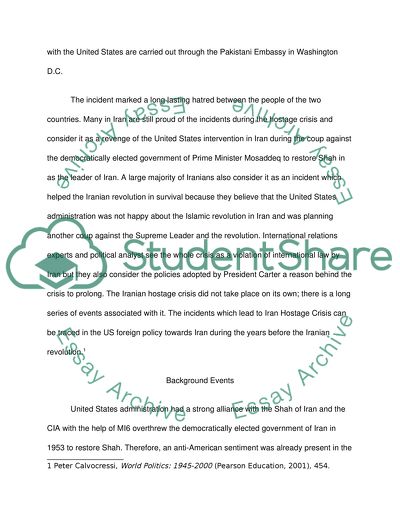Cite this document
(“U.S. foreign policy: Iran Hostage Crisis Research Paper”, n.d.)
Retrieved from https://studentshare.org/history/1452431-us-foreign-policy-iran-hostage-crisis
Retrieved from https://studentshare.org/history/1452431-us-foreign-policy-iran-hostage-crisis
(U.S. Foreign Policy: Iran Hostage Crisis Research Paper)
https://studentshare.org/history/1452431-us-foreign-policy-iran-hostage-crisis.
https://studentshare.org/history/1452431-us-foreign-policy-iran-hostage-crisis.
“U.S. Foreign Policy: Iran Hostage Crisis Research Paper”, n.d. https://studentshare.org/history/1452431-us-foreign-policy-iran-hostage-crisis.


